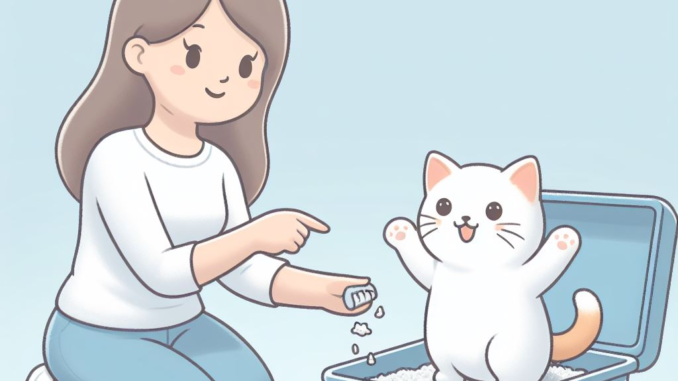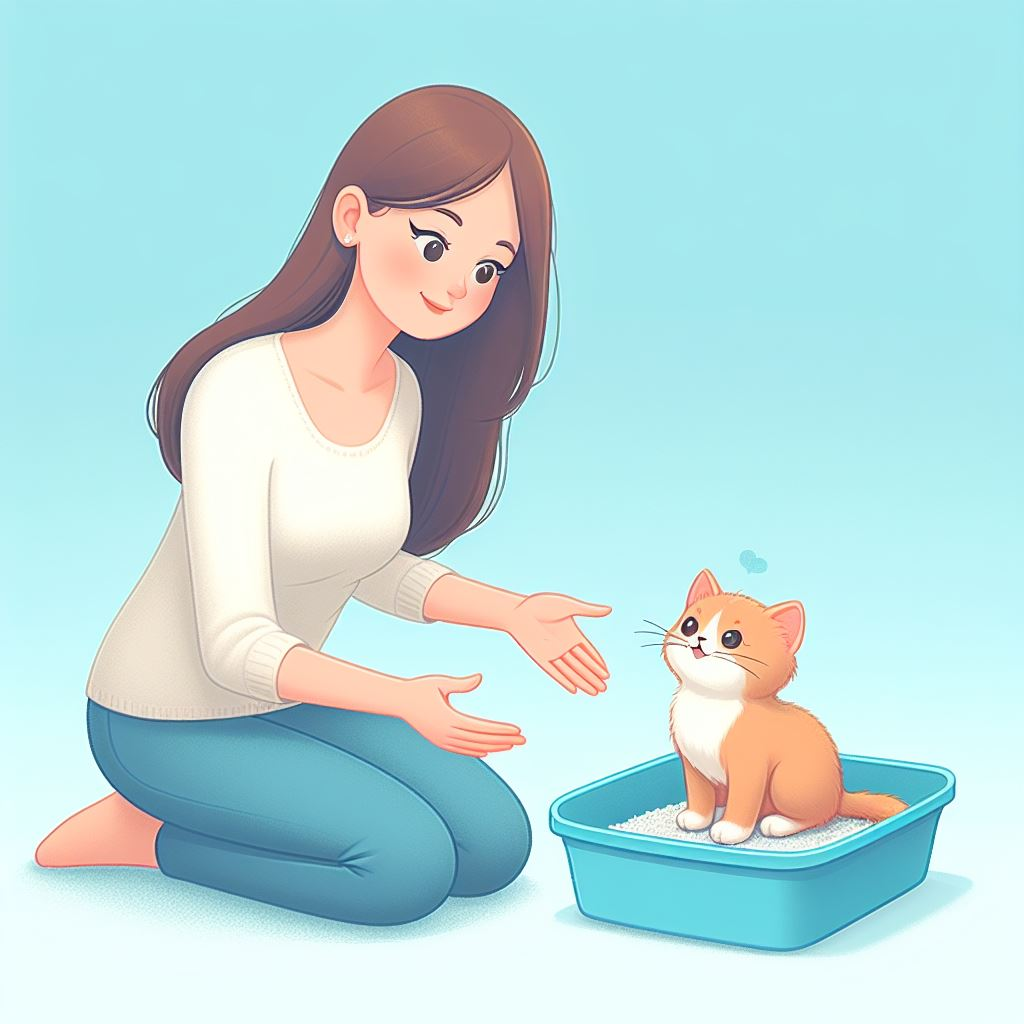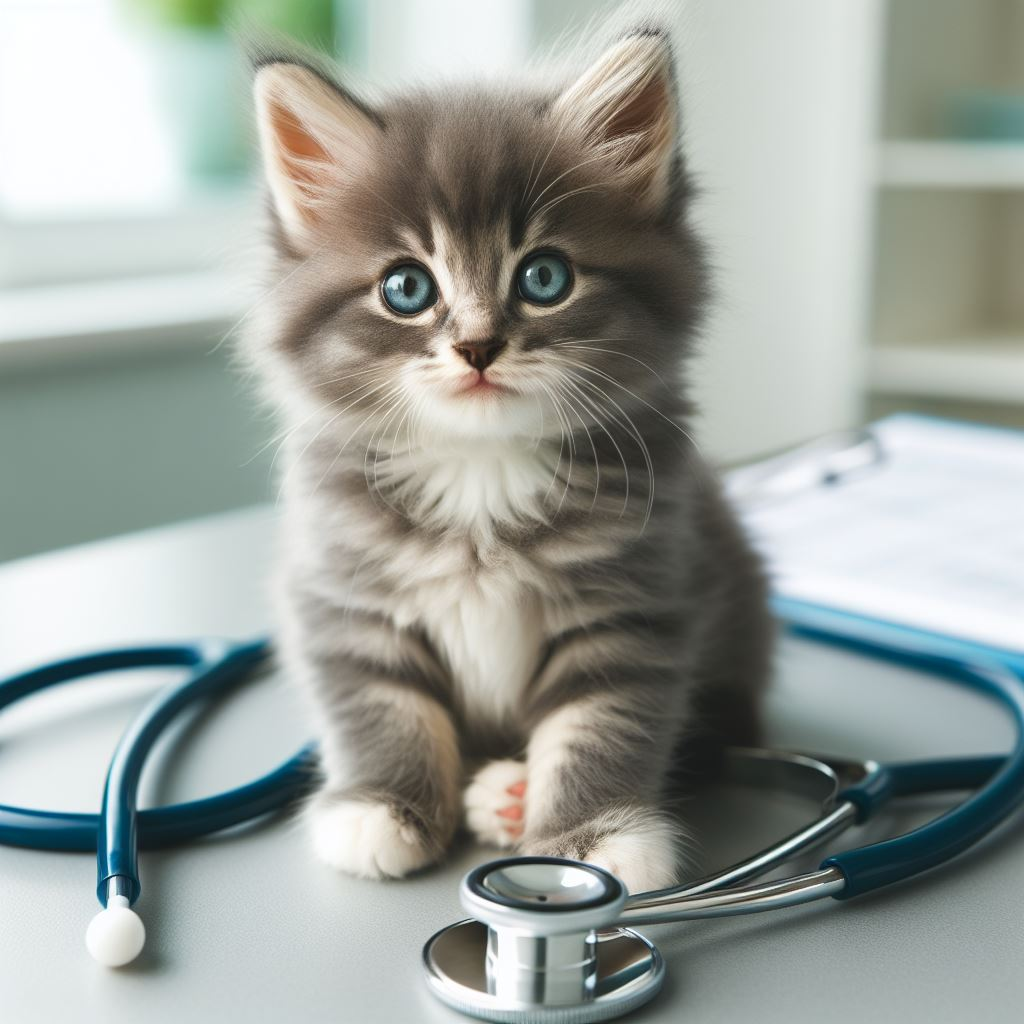
When Do Kittens Start Meowing?
If you’ve ever wondered, “When do kittens start meowing?” you’re not alone! Understanding when these curious cuties begin vocalizing is key to nurturing our furry friends. In this friendly guide, we’ll explore the magical development of a kitten finding its voice, from squeaks to purrs and everything in between.
Silent Beginnings: A Quiet First Few Weeks
Believe it or not, kittens are born without a single meow! Early on, they communicate through snuggles, scent, and body language rather than sound. There’s a good reason for this kitten’s silence—it helps them remain undetected by predators in the wilderness. Domestic kittens are born with this protective instinct…even if the wildest thing in their future is zooming around the living room at 3 a.m.!
Squeaks and Mewls: A Kitten’s First Sounds
Around two to three weeks old, kittens begin experimenting with squeaks and soft mewls. These gentle sounds typically cry for their mama when they’re hungry, cold, or in need of comfort. By vocalizing, kittens strengthen their bond with their moms during this crucial developmental stage.
As they grow braver and more curious, kittens expand their squeaky sound effects while exploring their surroundings. It’s the precursor to their proper meowing and functions more as a sort of babbling—isn’t that adorable?!
The Meowing Milestone: Kittens Find Their Voice
Around three weeks old, kitten vocal cords start shaping meows instead of squeaks. It’s a huge milestone that marks their foray into proper communication! But why do kittens meow in the first place? In the beginning, these tiny mews are still directed at mama cat—a way for helpless babies to say “I’m hungry!” or “Pick me up, I’m scared!”
Meow Magic: Kittens Converse with Humans
As kittens grow and interact more with their human caretakers, something magical happens. They discover that meowing gets our attention, too! While adult cats rely more on body language to chat amongst themselves, kittens figure out that meowing motivates their human servants to provide food, treats, playtime and cuddles!
Fun fact: “Adult cats rarely meow at other cats but often meow at humans.” This suggests our sassy kitties have crafted a particular vocal language just for cross-species communication! When your kitten meows, it’s their way of including you in the conversation.
The Many Meows: Understanding Kitten Talk

As kittens become more sociable, their distinctive meows start shaping into varied vocalizations. Perky host Catty Kit-Kat explains: “Each kitten has a unique voice and style of meowing.” From short mews to long meows, here’s how to decipher that melodious kitten dialogue:
- Short Meow: A friendly “hello!” or basic greeting
- Multiple Meows: An excited squeal, like “Hooray, you’re home!”
- Mid-pitch Meow: Typically a polite request – “May I have some food now?”
- Drawn-out Meow: A demand like “Open the door immediately, human!”
- Low-pitch Meow: A grumpy groan or complaint
- High-pitch Meow: A yelp or cry indicating pain or distress
Understanding this medley of meows allows cat lovers to better meet their kitten’s needs and nurture their development.
When Meowing Indicates Health Issues
While typically a form of communication, excessive or unusual meowing can actually signal medical problems. If your kitten is suddenly meowing more loudly or frequently, it may suggest injury, illness or discomfort. Consulting your veterinarian can help diagnose and relieve any underlying issues.
Beyond Meows: Understanding Kittens through Body Language
Though meowing is integral to kitten communication, Catty Kit-Kat reminds us: “Kittens also convey messages through purring, hissing, body language, and more.” Observing these physical cues alongside vocalizations helps us better nurture a kitten’s needs.
For example, purring typically signals happiness but may also indicate pain or illness. Hissing clearly warns of fear or aggression. Tuning into this whole-body language allows for a fuller comprehension of kitten attitudes and desires!
Encouraging Healthy Kitten Communication through Bonding
As certified kitten whisperer Catty Kit-Kat purrs, “Responding to kitten meows is crucial for encouraging vocal development and relationship-building.” When humans mimic kitten sounds, provide timely care, and acknowledge kitty communications, it motivates cats to continue meowing as an effective strategy.
From Kitten to Cat: How Meowing Tendencies Change from Youth to Maturity
As rambunctious kittens mature into dignified cats, their meow habits often shift. While some cats retain very vocal personalities, others become less talkative. This transition is natural kitty growth, much like human babies babbling before learning to speak eloquently. Grown cats tend to save meows for human interactions rather than kitty conversations.
Cultivating an Encouraging Environment for Kitten Meows
Want to nurture your chatty kitten’s continuing vocal development? Catty Kit-Kat recommends these meow-tivating ideas:
- Regular Playtime: Kittens learn meowing and get results through frequent human interaction!
- Acknowledge Meows: Always respond to kitten calls to reinforce effectiveness.
- Monitor Other Cues: Note body language and non-meow sounds, too, for fully informed care.
- Address Excessive Meowing: Have your vet examine consistently loud and frequent meowers to ensure good health.
- Safe Environment: Secure, peaceful spaces allow a kitten to feel comfortable practicing its voice.


Leave a Reply